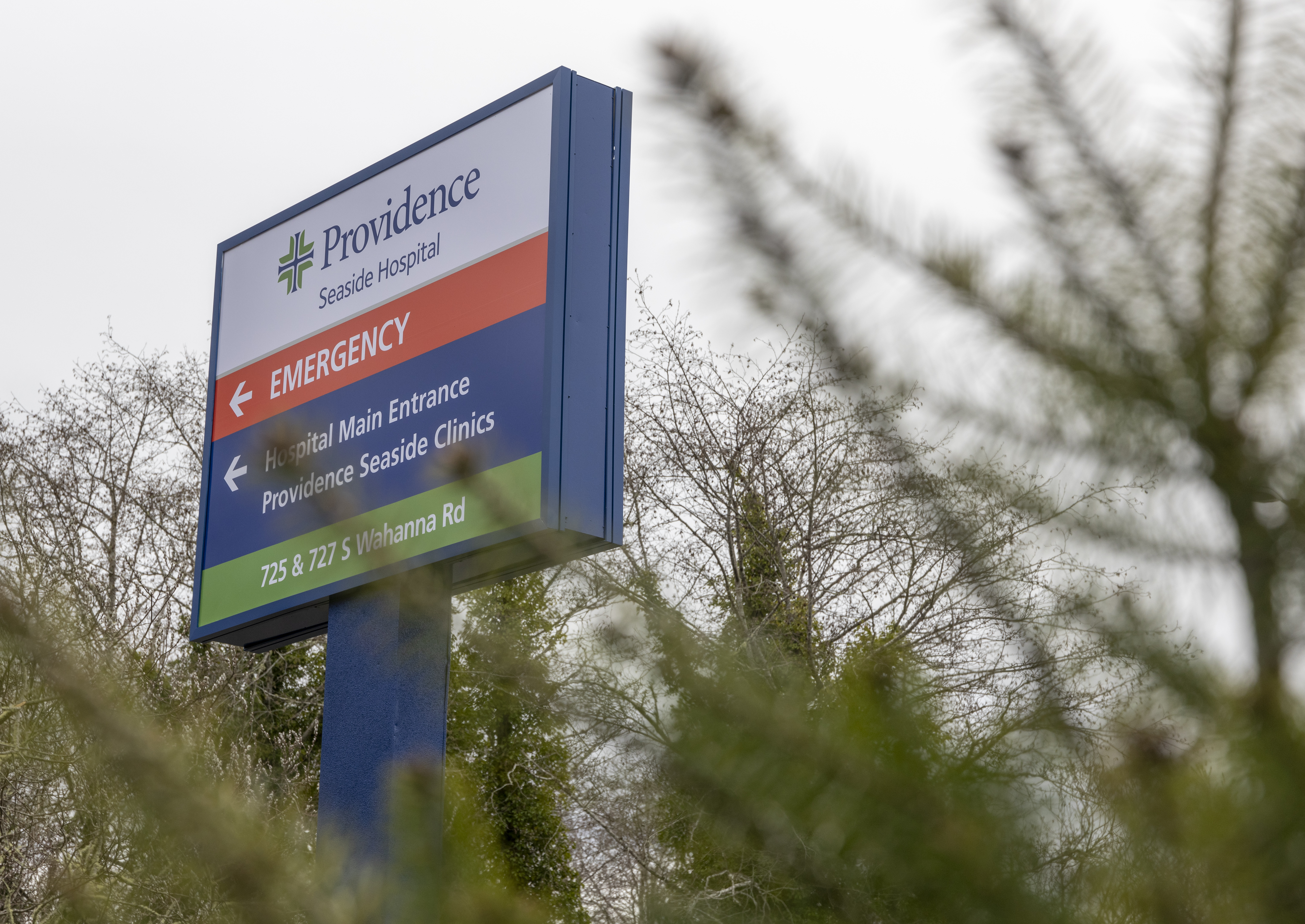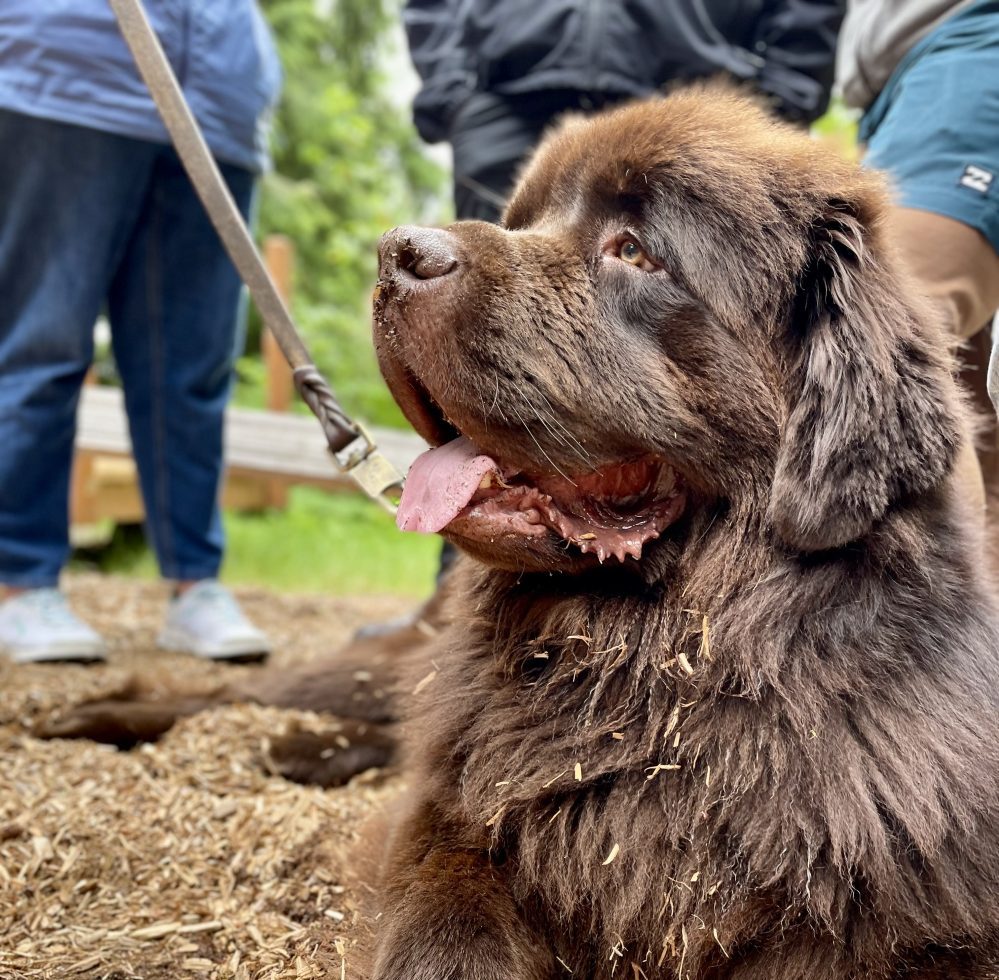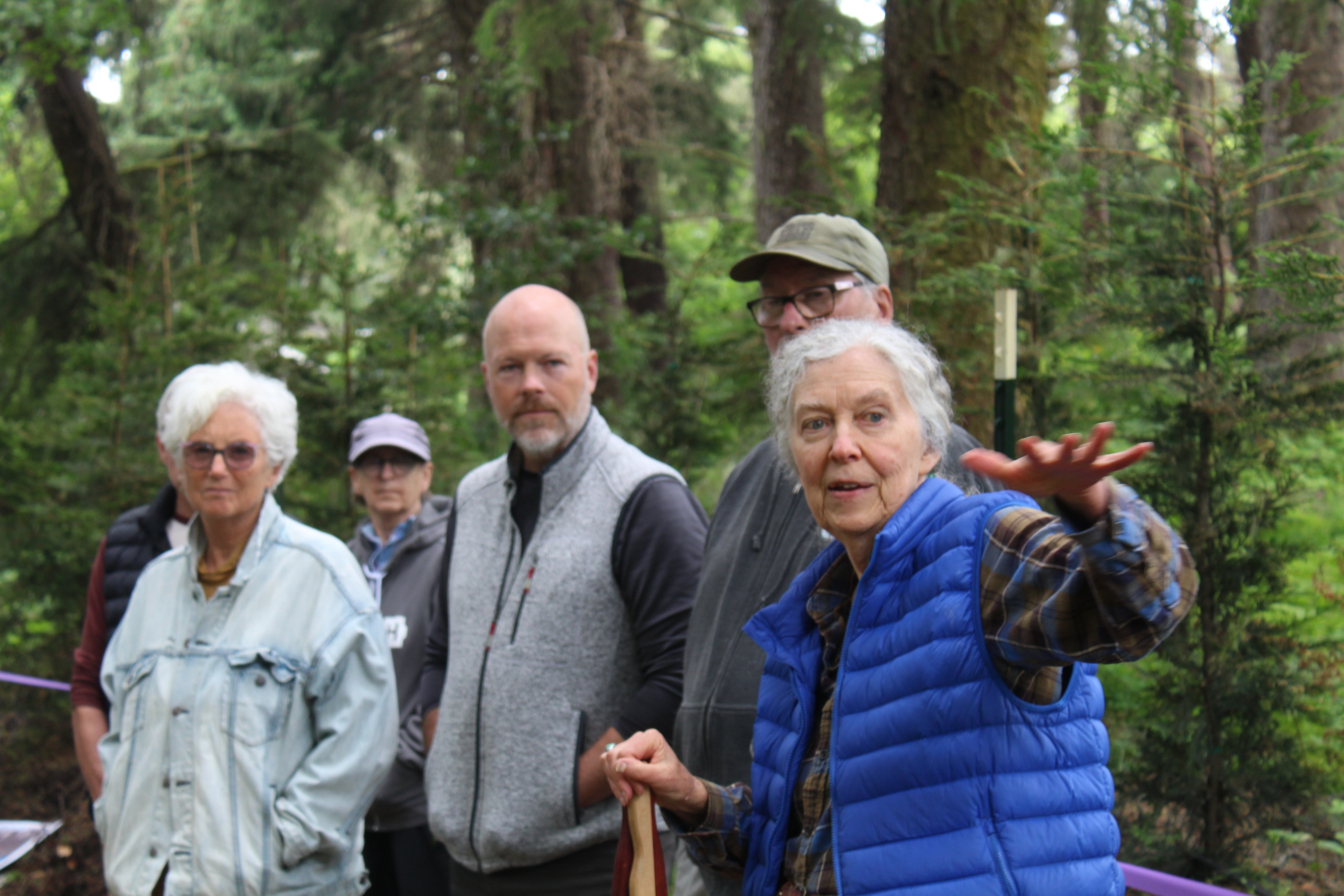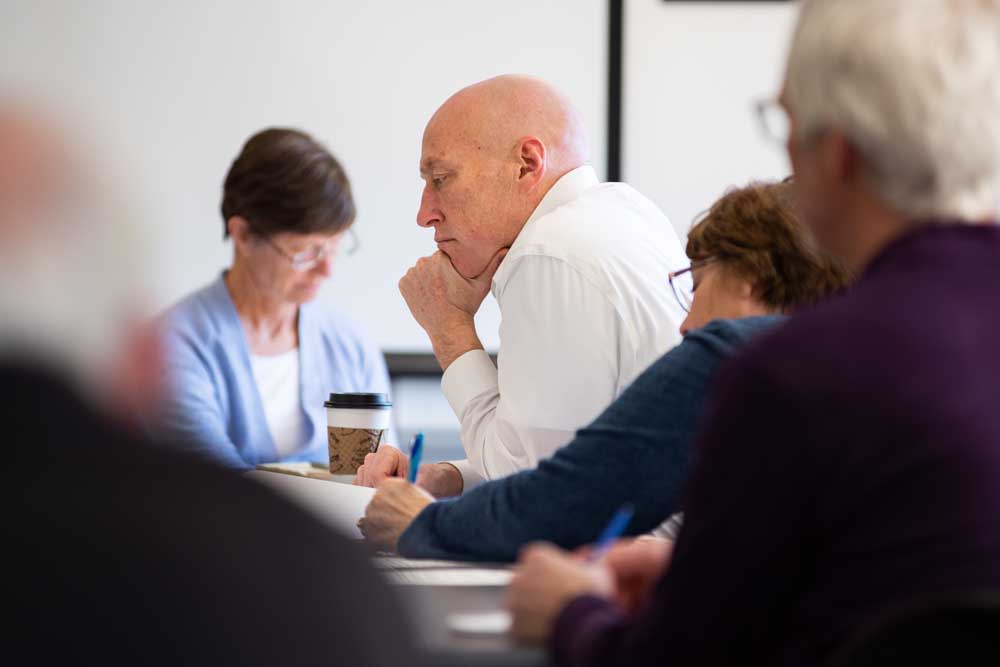Astorians ruminate on D.B. Cooper tale
Published 5:20 am Thursday, July 14, 2016

- In the summer of 1971, P.K. Hoffman makes a ceramic pot (never to be bought) for “Norman de Winter,” the person who some people suspect pulled off the D.B. Cooper skyjacking a few months later.
A two-part documentary about the infamous D.B. Cooper skyjacking case that debuted on History this week is getting mixed reviews from the Astoria residents featured in the tale.
Trending
“I thought it was really compelling,” Peter Roscoe, a restaurant owner, said.
Then he saw the ending.
Part 1 recites the well-known Cooper facts: On Nov. 24, 1971, a man wearing a business suit and sunglasses used a briefcase bomb to hijack a Boeing 727 flying from Portland to Seattle, stole $200,000 in ransom, and demanded the crew fly him to Mexico before parachuting into the night near the Oregon-Washington border. The mysterious perpetrator was never caught or identified.
Trending
In Part 2, Roscoe helps explain a new Cooper theory: That a stranger named “Norman de Winter” — who came to Astoria months before the hijacking, claimed he was a Swiss baron with a private plane, and conned locals before disappearing — may be Cooper suspect Robert Wesley Rackstraw, 72, of San Diego County, California.
Roscoe, who tended bar in downtown Astoria in 1971 and remembers serving de Winter, always thought the widely circulated sketch of Cooper resembled the so-called baron — a fact he shared with his skeptical peers.
The documentary draws parallels between de Winter, Rackstraw and Cooper — then casts serious doubt on the three-way connection when the stewardess Cooper interacted with most says Rackstraw isn’t Cooper. One of the journalists who spent years exploring the case backs off de Winter/Rackstraw as the most likely Cooper candidate.
“I felt totally disrespected when the journalist dismissed everything,” Roscoe said.
The program ends with a final knife-twist in the side of “Cooper-ite” community: The Federal Bureau of Investigation formally announced it is closing the 45-year-old unsolved case and directing resources elsewhere.
At a Wednesday news conference at the Sheraton Universal Hotel in Los Angeles, Roscoe and others challenged the FBI’s decision. He believes the bureau is ignoring lots of circumstantial evidence suggesting Rackstraw, a Vietnam veteran and one-time Cooper suspect, may be the elusive skyjacker.
Tom Colbert — the sleuth who named Rackstraw as Cooper, and de Winter as Rackstraw — made Roscoe an honorary member of the “cold case” team whose multiyear investigation is spotlighted, and undermined, in the History program.
The History channel “edited down my documentary responses at the end to leave me like a deer in (the) headlights — while also leaving out many, many pieces of the team’s key evidence that weren’t visual, dramatic or sensational,” Colbert wrote in a release. “It’s the limit, and curse, of TV.”
Willis Van Dusen, Astoria’s former mayor, shares screen time with Roscoe during the documentary’s “de Winter” segment.
Based on the photos he saw, Van Dusen said he is confident, if not wholly certain, that Rackstraw is de Winter, whom he met in his teens. But whether that man is also Cooper is another matter.
“I cannot say that I believe that person truly is D.B. Cooper, but the facts are very interesting,” he said.
P.K. Hoffman, a ceramic artist from Astoria who had a memorable run-in with de Winter, is on the same page.
The summer de Winter came to town, the charlatan commissioned about $3,000 worth of pots from Hoffman, checked in on the artist’s work, only to skip town without buying any.
“The guy I dealt with was definitely capable of being D.B. Cooper, for sure,” said Hoffman, who now lives in The Dalles and teaches ceramics and sculpture at Columbia Gorge Community College. (Though he was invited to be part of the History channel show, he was recovering from open heart surgery at the time of filming.)
However, his strong belief that de Winter could have been Cooper is still speculative, he said. “If I was in a jury … I’d have to say ‘not guilty,’ because how can you prove it?”
Rackstraw, for his part, has denied the assertions.
Van Dusen thinks it’s a good move for the FBI to close the Cooper case.
“I think 45 years of investigation is more than ample. I think they should have closed it earlier,” he said, adding that taxpayer dollars would be better spent on more urgent cases.
This doesn’t mean he thinks Cooper’s crimes were trivial or victimless.
“The very serious part of the documentary was how it affected the flight attendant and the pilot. There have been some people that have really been affected, so I don’t want to laugh at the whole thing and say there’s no victims,” he said. “However, enough is enough. Close the case. Put the tape on the boxes and move on.”
Marian Soderberg, who also told de Winter stories for the show, agreed: “I’d like the FBI to focus on other things.”
As for the documentary itself, “it should be taken lightly,” Van Dusen said. “I mean, it happened 45 years ago. Most of the evidence that was laid out in Astoria was just memories of some nice, individual, amateur people, so there isn’t a lot of hard evidence in court.”









